Safety is important when you're riding an underwater scooter together. These powerful devices enable you and your partner to explore more of the reef without burning energy, but they require teamwork and close attention to remain safe. If you need a safety reminder, these tips will keep you and your dive buddy safe and in command underwater.

Tip 1: Test Your Scooter in Shallow Water Before Deep Diving
Your first tests should be in shallow water where you are able to stand up. Scooter handles and all points of attachment must be secure and tight. Proper inspection of equipment includes looking for loose pieces that can be problematic underwater. Your overall weight with all diving gear should be below the manufacturer's maximum.
Power settings come next. All the speed levels need to work well, and the seascooter should respond instantaneously when you adjust on the controls. Any strange noise or movement signal that you need to check the seascooter more closely before getting in.
The cutoff switch is a vital safety component. You and your buddy must practice finding it without looking because you might need to do this quickly underwater. Your hand position needs to accommodate both divers comfortably accessing this switch. These basic checks in shallow water will prevent problems when you are deep underwater.
Tip 2: Position Yourself Correctly When Sharing a Scooter
The front diver's job is to steer the seascooter with a tight but not stiff hold of the main handles. Your hold has to be firm so that you can turn smoothly but still stay stable. The back diver's job is equally important - stay just above the front diver's tank in such a way that you have good visibility.
Safety depends upon proper spacing between divers. The back diver should maintain about 2 feet of distance - this keeps your fins from being crossed with your buddy's equipment or the seascooter. Both divers must have arms and legs clear of the propeller area at all times.
The front diver will focus on direction and the back diver will watch for overall safety. This relationship keeps both divers safe and is a smoother ride. When you notice you are falling behind, you make small corrections to get back in position.
For optimal stability and control, both divers should maintain a horizontal swimming position with a slightly arched back, keeping their bodies streamlined with the water flow.
Tip 3: Start at Lowest Speed and Increase Gradually
Your first moments with the seascooter should be at the lowest speed setting. After both divers feel steady and balanced, you can gradually increase the power. The seascooter has plenty of thrust, so there's no need to rush to higher speeds.
Near reefs and obstacles, half power is your maximum limit. The reduced speed gives you more control and time to react. Good visibility is essential for safe navigation - if you can see less than 30 feet ahead, slow down right away.
Sharp turns can throw off your balance and separation distance. Wide, gentle turns help both divers stay stable and maintain their positions. The front diver should signal any planned direction changes, giving the back diver time to adjust their position for the turn.

Tip 4: Carry a Cutting Tool and Practice Emergency Release
Each diver should keep a sharp cutting tool within quick reach. The ideal spot is on your lower arm or BC pocket - somewhere you can grab it with either hand. This tool could be essential if you get tangled in fishing lines or seaweed while using the seascooter.
Your backup air source needs to be easily accessible while holding the seascooter. Make sure you can reach it quickly without letting go of the unit. Before the dive, you and your buddy should confirm where your backup regulators are located.
If something goes wrong, knowing how to quickly separate from the seascooter is crucial. The basic rule is simple - if you lose control, let go immediately. Regular practice of the emergency shutdown and release procedure helps you react quickly when needed. These skills should become automatic through practice in shallow water.
Tip 5: Reserve 50% More Air Than During Regular Dives
Your air consumption on seascooter dives will be different from regular dives. A pressure gauge check every five minutes is essential since the seascooter activities often use more air than swimming. The frequent checks will help you stay aware of your consumption rate.
The turnaround point needs more careful planning with a seascooter. Your usual reserve should be increased by 50% - so a normal 1500 PSI return point would become 2250 PSI on these dives. This extra margin keeps you safe if unexpected situations arise.
Air monitoring becomes a shared responsibility between buddies. The lead diver should signal for air checks regularly, and both divers must stay alert to each other's supply. A strict 1000 PSI limit for ending the dive ensures enough air for a safe return, especially if you need to swim back without the seascooter's help.

Tip 6: Stay at Least 10 Feet Away from Any Reef Structure
Your distance from the reef matters more on seascooter dives than regular dives. A 10-foot safety zone around any reef structure protects both the marine environment and your team. The seascooter's extra power means even a small miscalculation could result in contact with the reef.
Overhead environments and caves are off-limits for seascooter diving. The limited space in these areas makes it too difficult to control the seascooter safely with two divers. Surface areas with boats also present special risks - the boat crews might not expect divers to move as quickly as a seascooter allows.
The local waters might have fishing lines or mooring ropes that are hard to spot until you're close. These hazards can be especially dangerous at seascooter speeds, so a careful scan of your path is essential. The front diver should watch for these obstacles while following a route that keeps the team away from any entanglement risks.
Tip 7: Inspect All Attachment Points After Each Dive
The post-dive check is just as important as the pre-dive inspection. After each dive, a thorough rinse of your seascooter with fresh water helps prevent salt damage. While cleaning, your hands can feel for any loose parts or damage that might have occurred during the dive.
All mechanical problems need quick attention, even minor ones. A small issue with the controls or battery could become serious on your next dive. Your maintenance log should record any unusual sounds, power changes, or steering problems you noticed underwater.
The seascooter's battery care affects its long-term reliability. A full charge after each use helps maintain battery life, while partial charges can reduce its capacity over time. Before storage, make sure all control switches are in neutral position - this helps prevent accidental activation and protects the control mechanisms.

Stay Safe and Enjoy Your Scooter Dives!

Safe seascooter diving is simply careful preparation, staying alert at all times, and efficient communication with your buddy. From your very first equipment check in shallow water to final maintenance after your dive, each safety precaution protects you and your equipment. Remember to keep a safe distance from reefs, monitor your air supply vigilantly, and always anticipate immediate emergency procedures. With proper observation of these safety measures, you and your friend can have plenty of fun and safe excursions with your diving scooter.

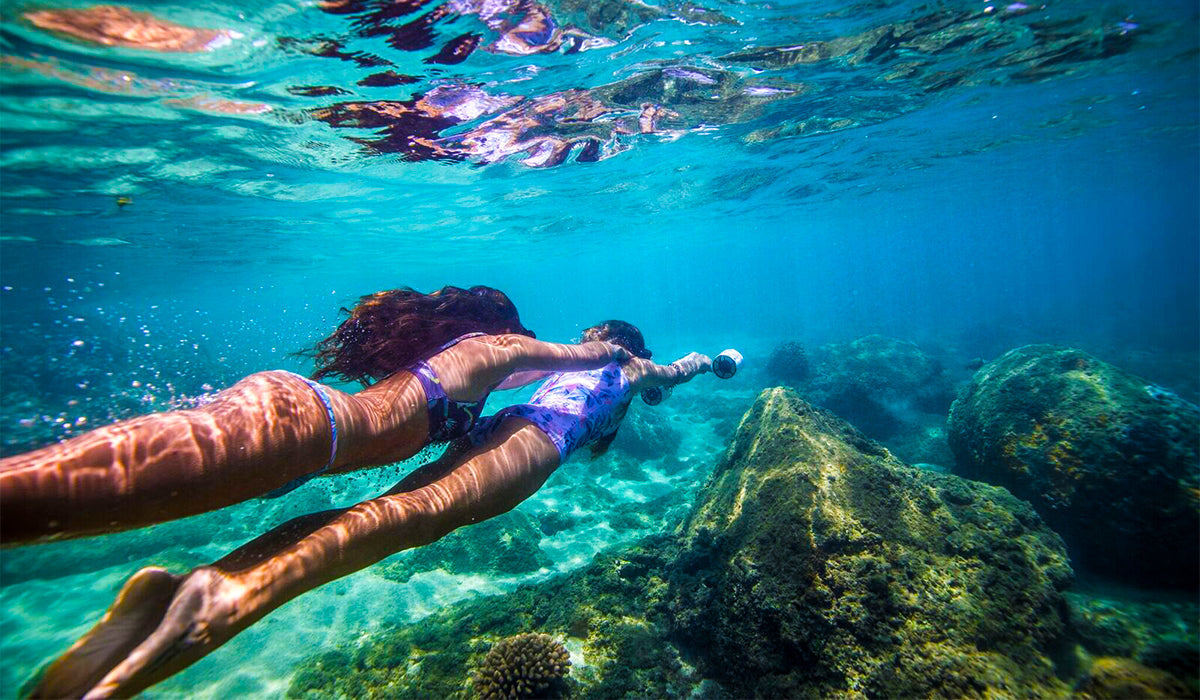
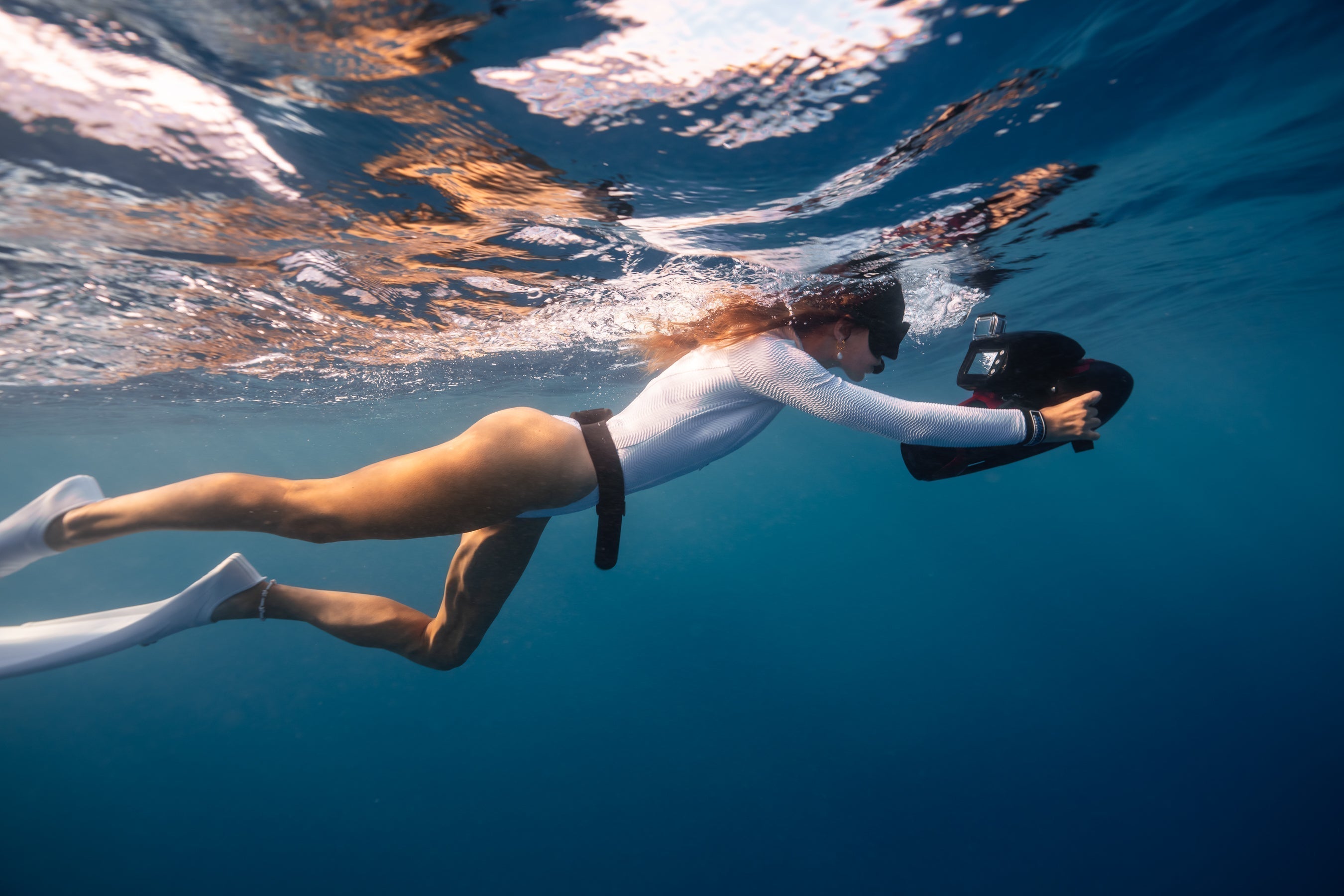


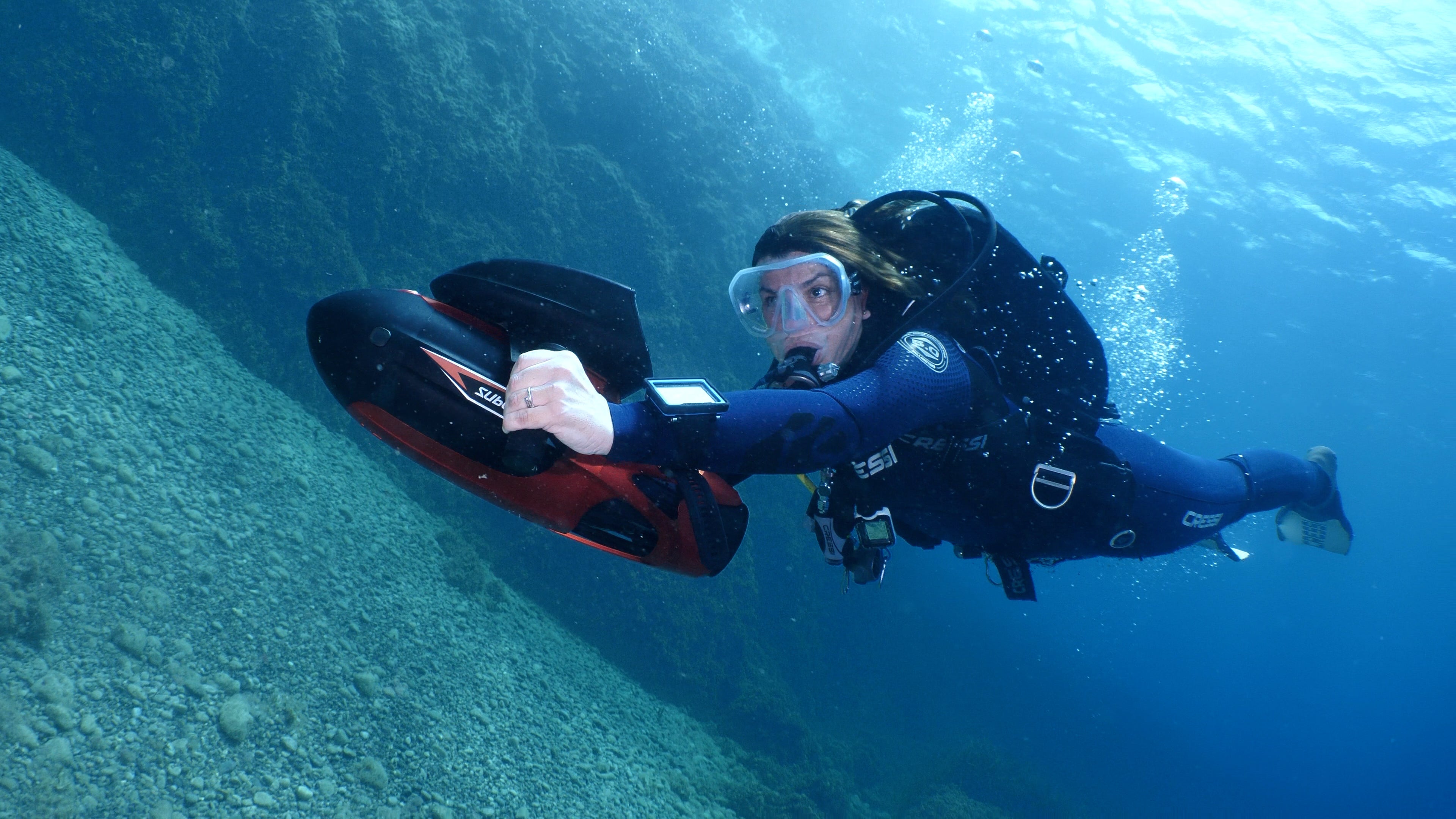
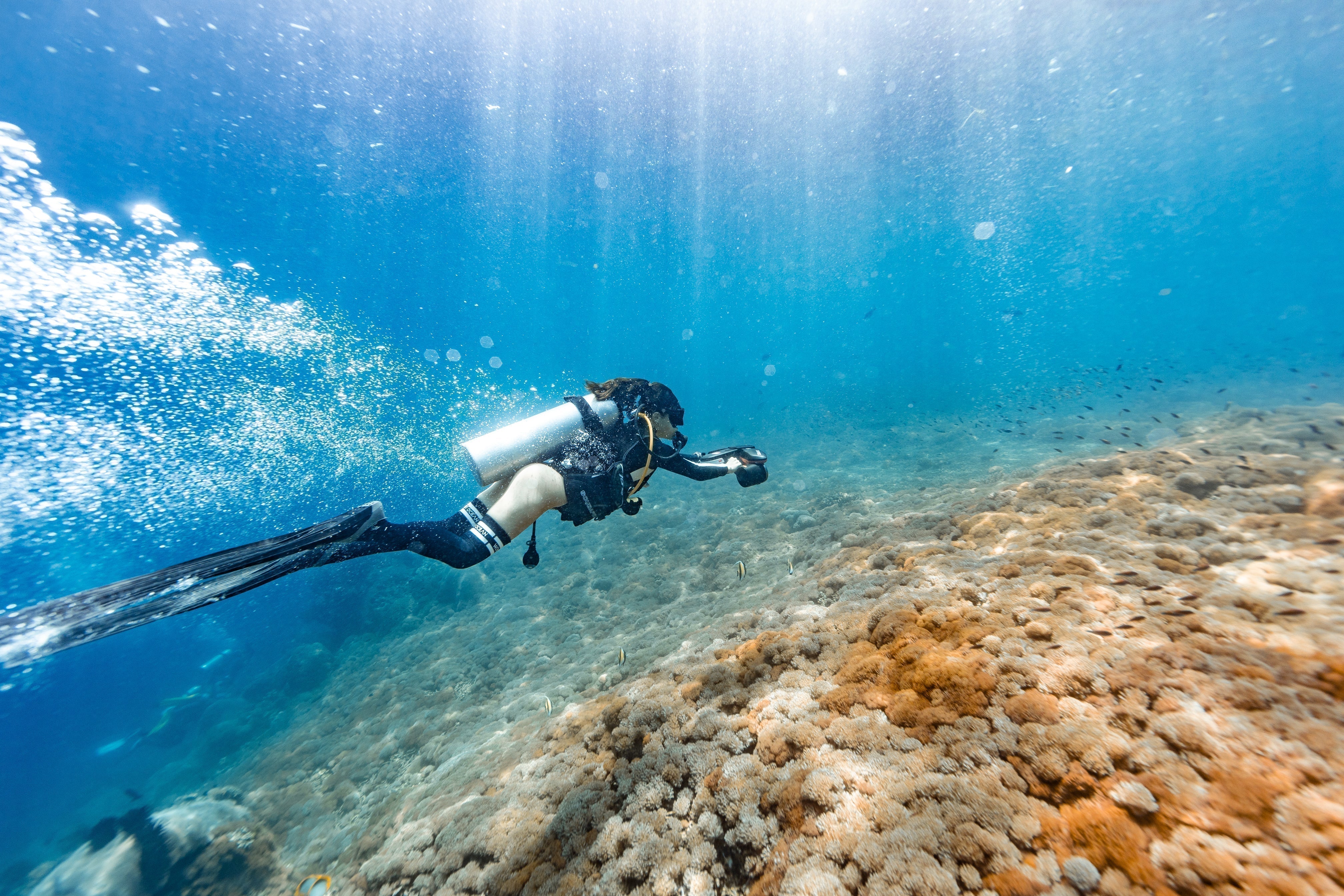
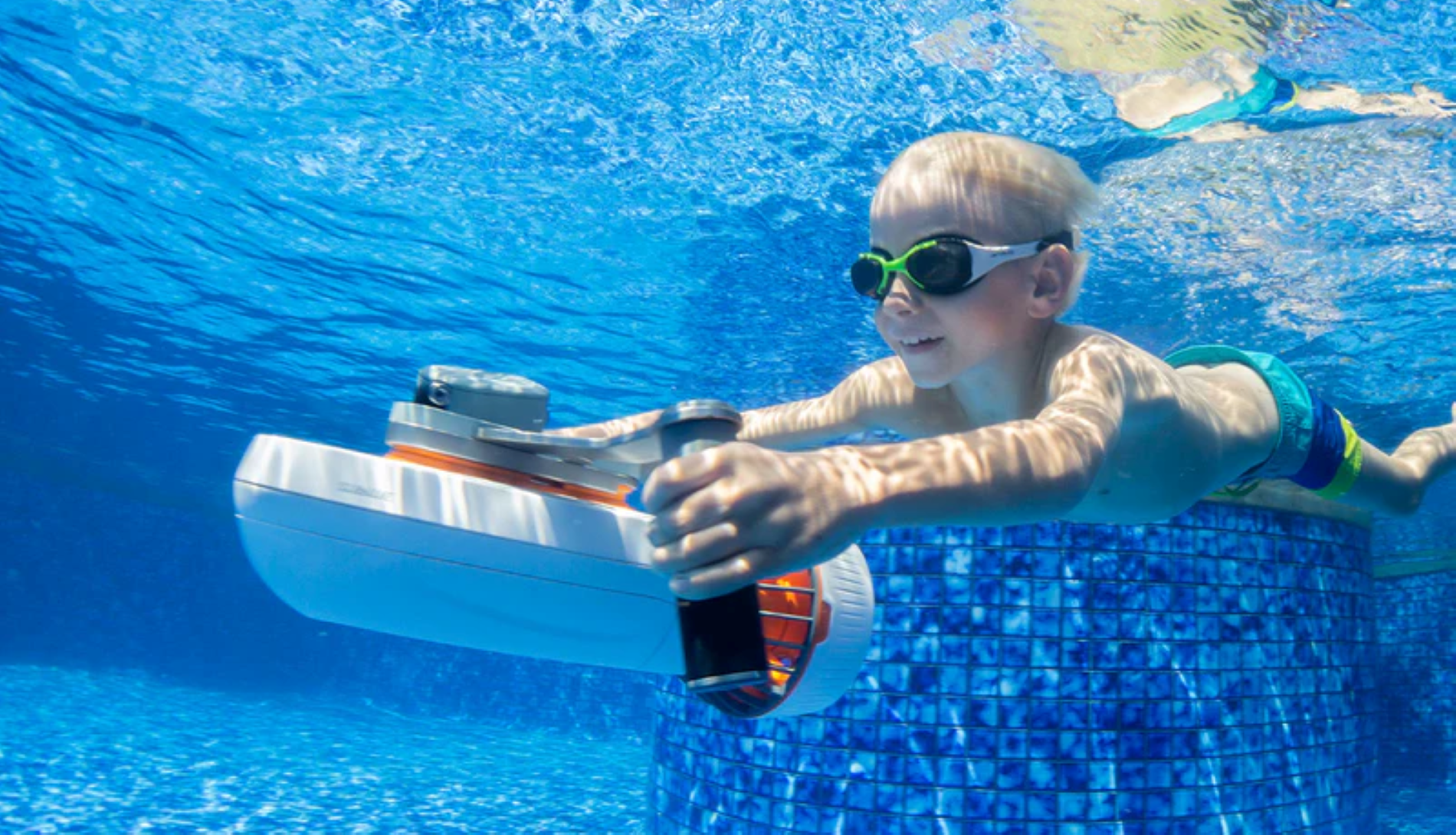
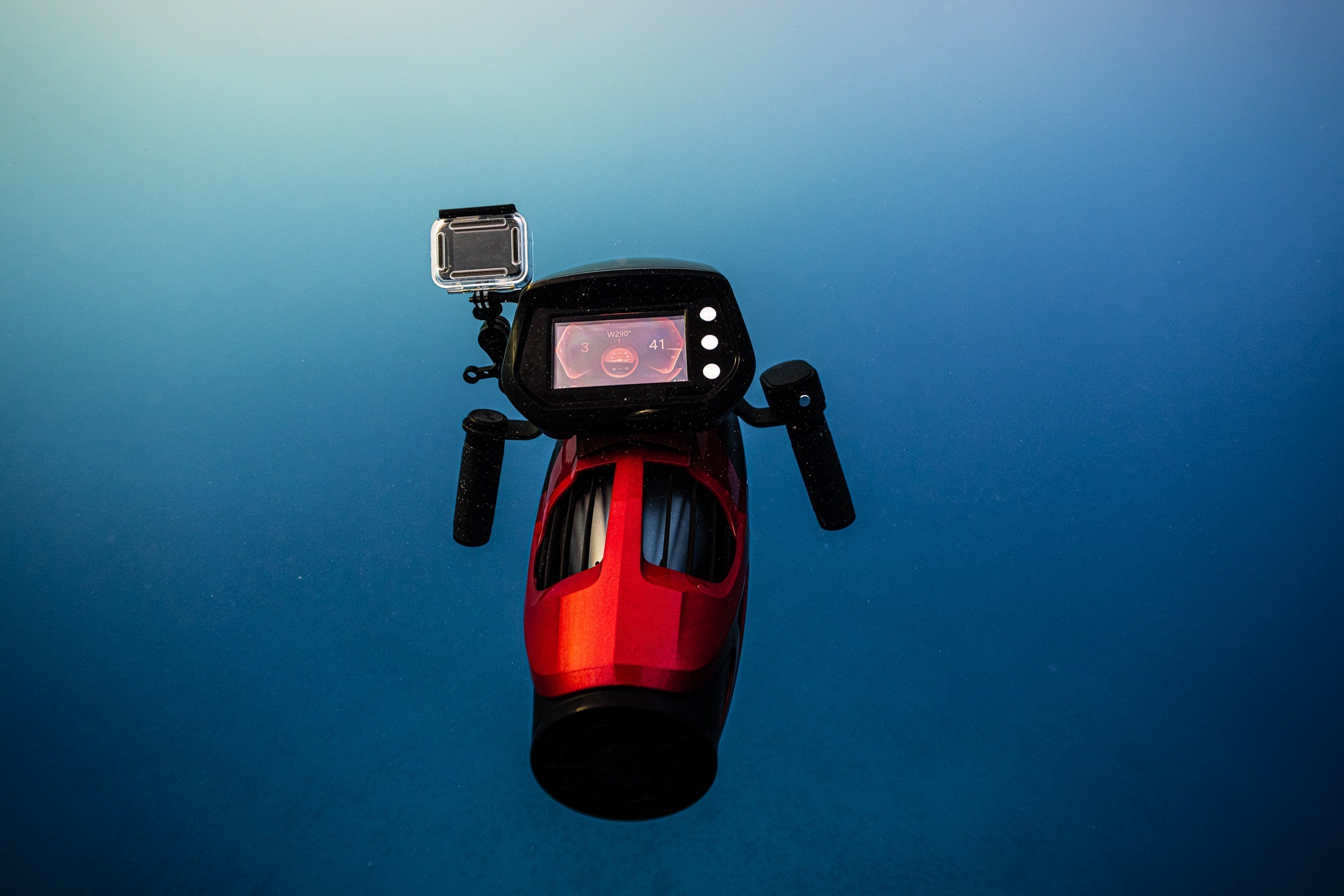
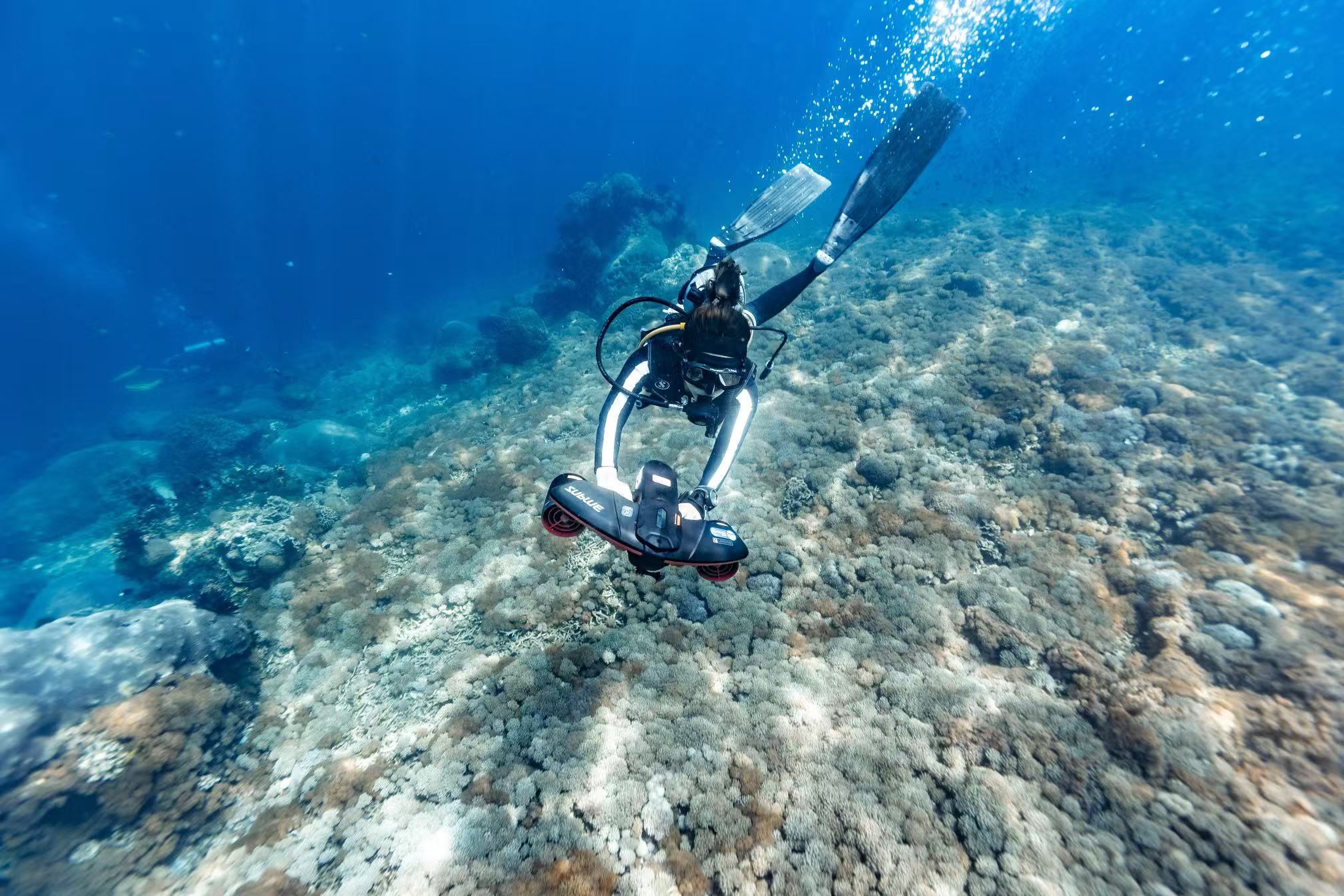
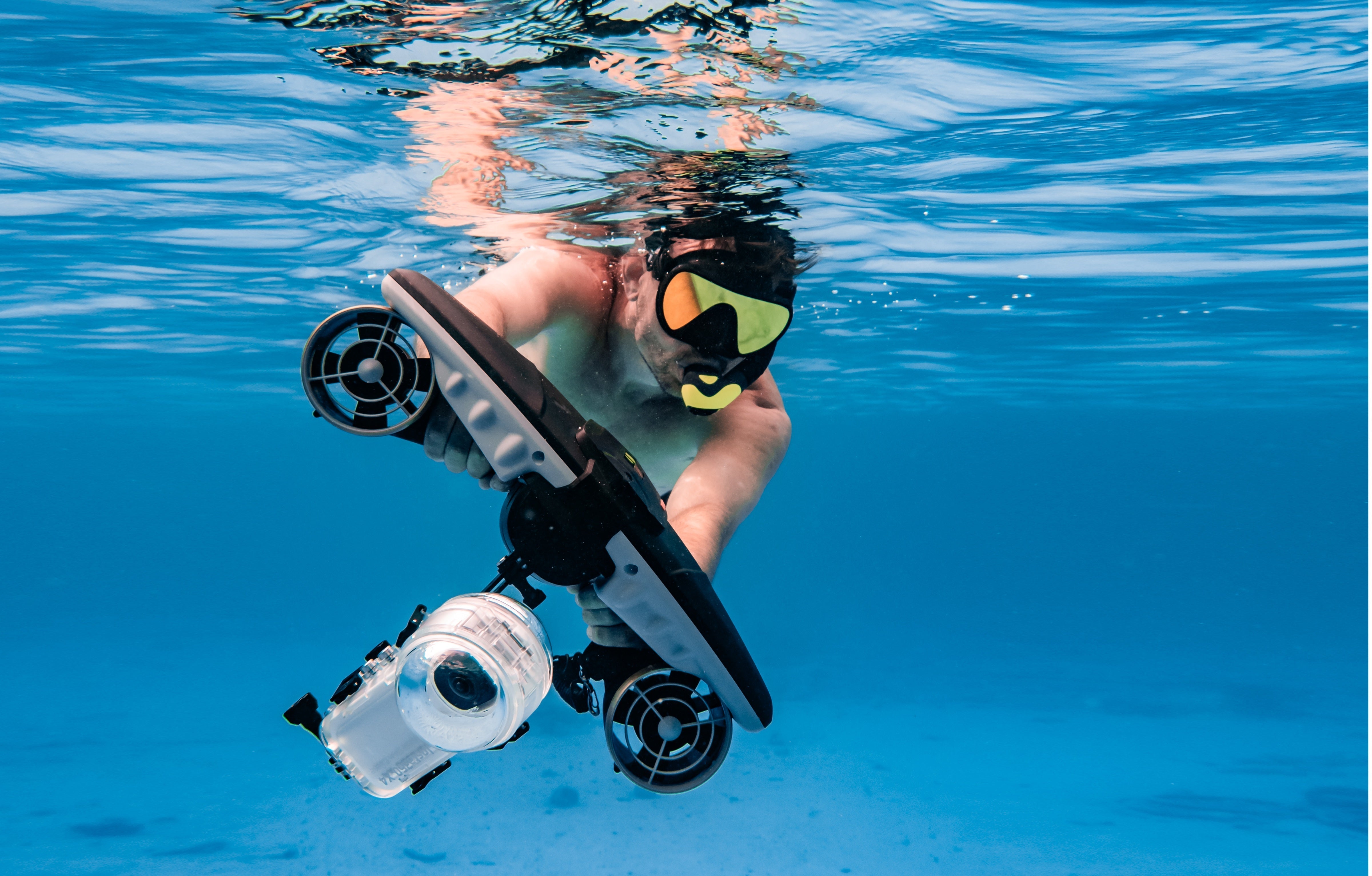
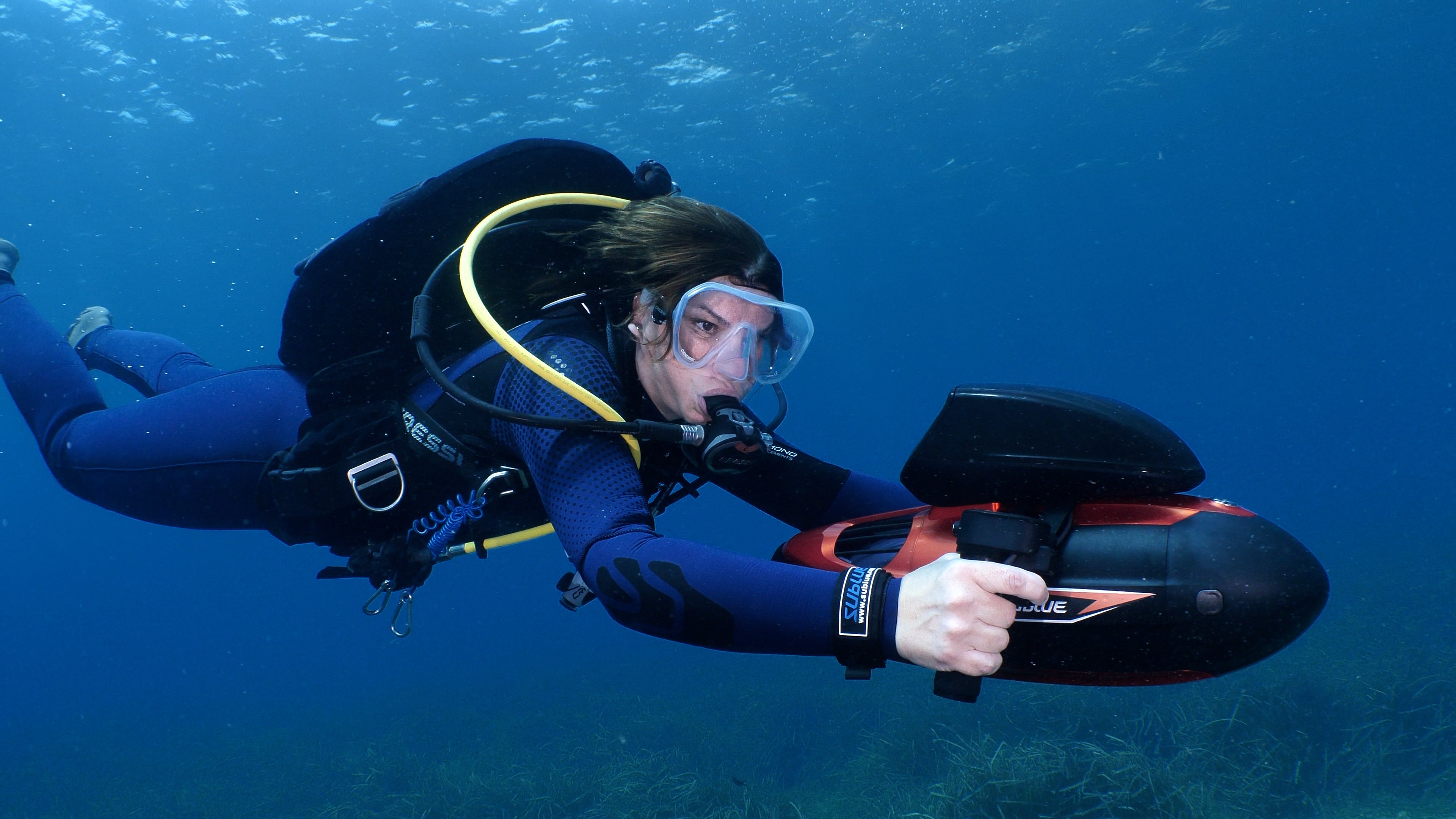
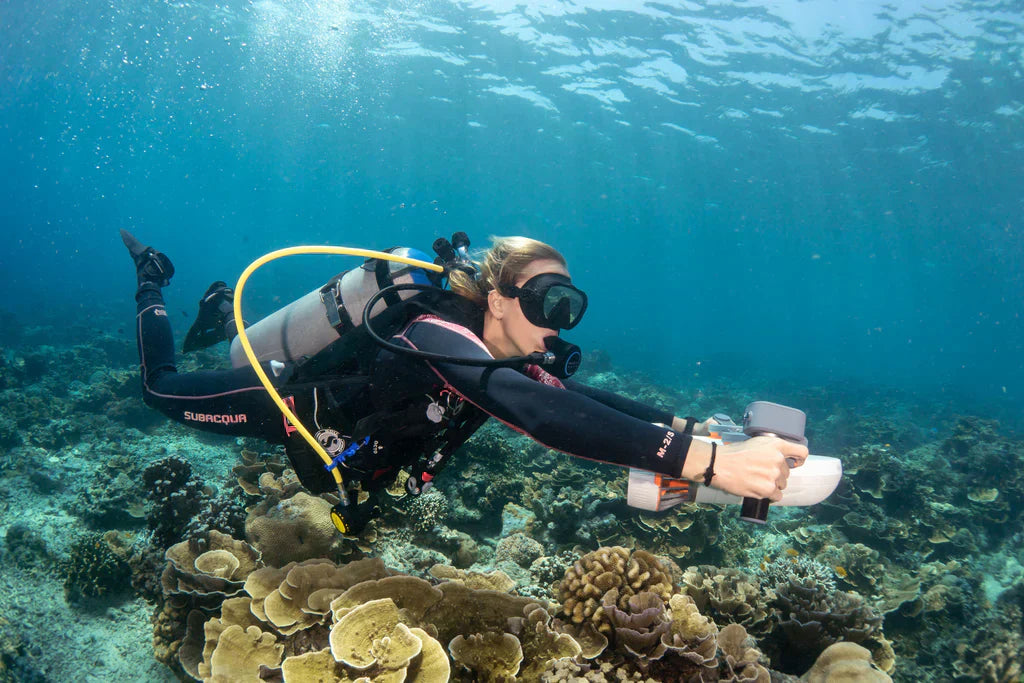
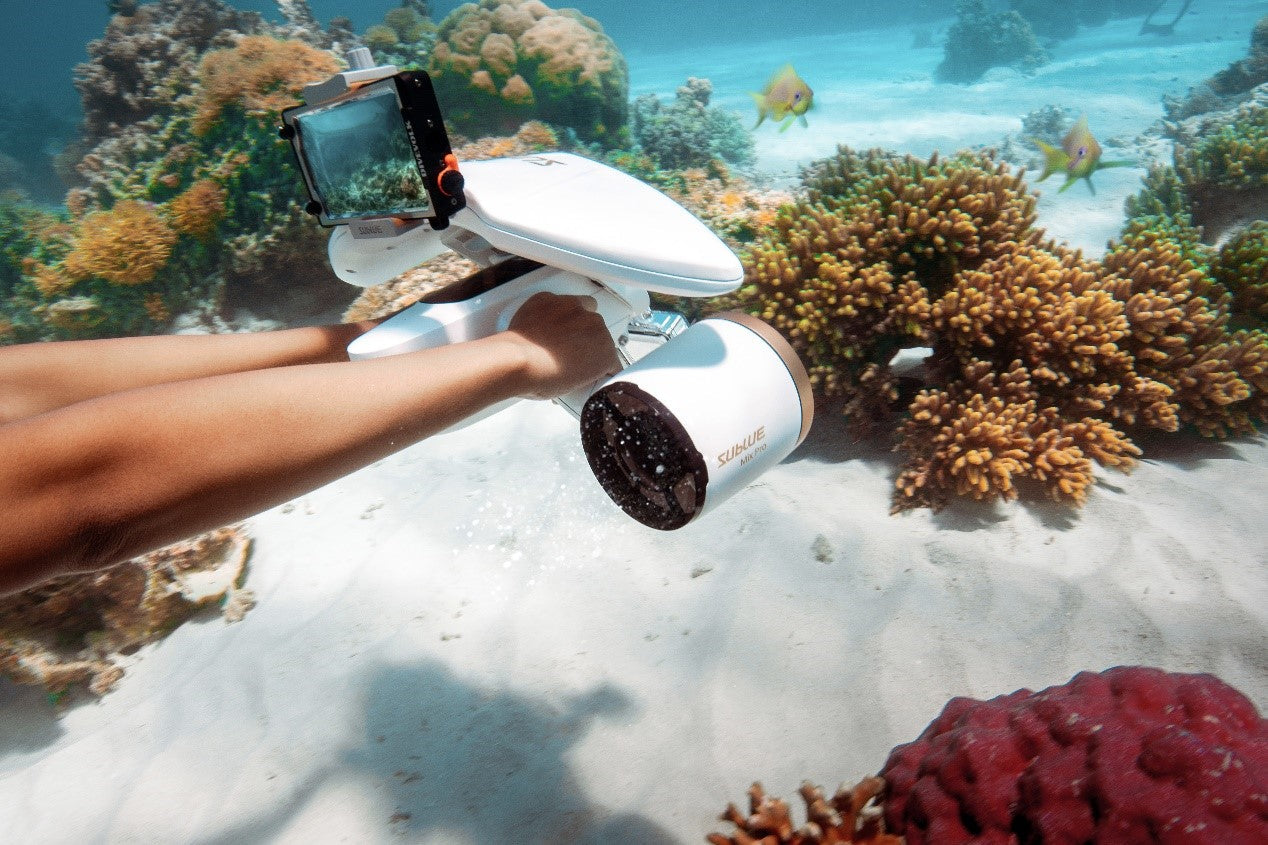
Share:
Sea Scooters vs. Sea Doos: What’s the Difference?
The Rise of Underwater Scooter Rentals and SUBLUE' s Innovative Solutions